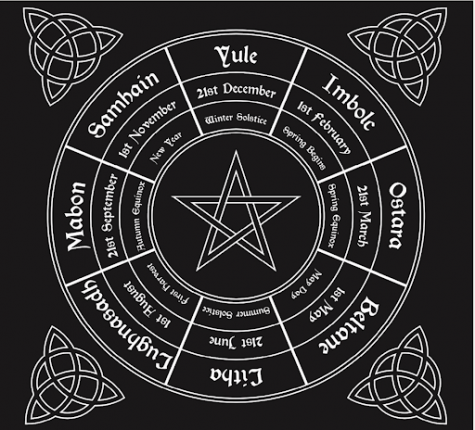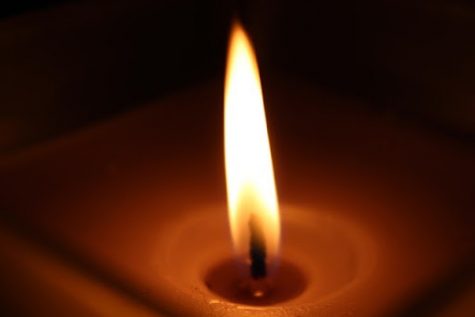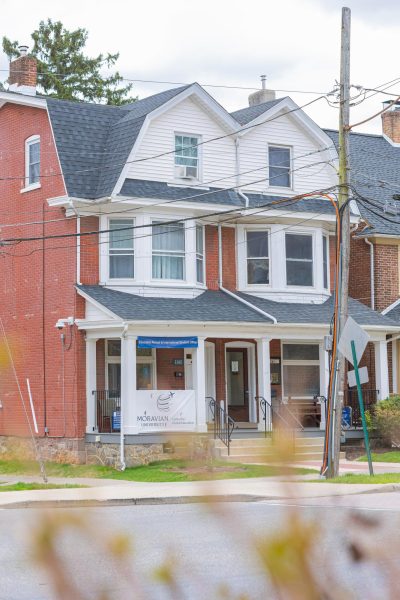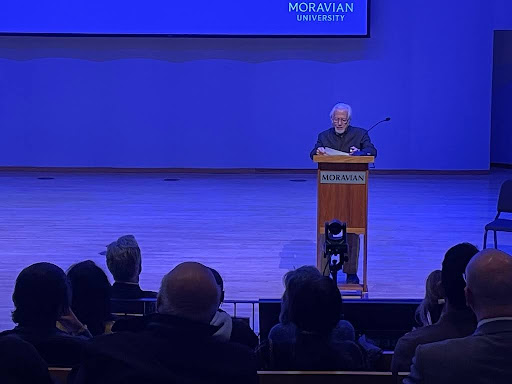Origin of Halloween

Photo courtesy of Shayla Borger
Most contemporary holidays take root in paganism, and Halloween is no exception.
The origin of Halloween goes back 2,000 years to the Celts. Unfortunately, information is limited for two main reasons: paganism was not traditionally a written practice, and like many contemporary holidays, Halloween had been claimed and rewritten by Christians.
“Halloween” was not the original term for the holiday (or “Sabbat”), and it was not initially celebrated only on October 31. The Celts and other pagans celebrate over a span of three days: October 31 through November 2, known generally as “Samhain” (pronounced sow-in).
November 1 marks the first day of the Celtic or Witch’s New Year, a day known as All-

Hallows. The night before: All-Hallows Eve, and later “Halloween”.
Later All-Hallows was claimed by Christians, specifically Pope Gregory, and was rewritten as All Saints’ Day, but eventually did come to incorporate a number of Samhain traditions.
During Samhain, the divide between the living world and the world of the dead thinned, often described as a veil lifting, and so it was believed that ghosts returned to the land of the living on this night. As the dead roamed the streets, people would dress up in scary costumes, which allowed them to leave their homes safely because they were able to then blend in with these walking dead. Some even believe that the costumes were scary so that they could scare off these visitors.
There are three main purposes of the Samhain celebration: concluding crop harvest and beginning meat harvest, beginning the new year, and honoring the deceased.
The end of the harvest season and the start of winter is known as a time of death — crops and other plants die, livestock harvest season begins, animals of nature go into hibernation, and illness spreads more rapidly. Also, as mentioned previously, the veil dividing the living from the dead is at its thinnest.
Though fear was understandably present, Sabbath of Samhain overall was a joyous celebration; It was a time to honor the dead and even communicate and feast with passed ancestors during a Dumb Supper (“dumb” in this conext meaning “silent”). Altars are also set up at this time to honor ancestors and offerings are given to the dead.
So, how did Samhain become the Halloween we know today?

Irish immigrants came to America during the latter half of the 19th century, and the popularity of the celebration spread throughout America. As it spread, parents were urged to avoid allowing “grotesque” and “frightening” to be part of the holiday. This resulted in anything superstitious and the Celtic, pagan roots to be removed from the modern practice.
The Halloween tradition of trick-or-treating also comes from Samhain festivals in a number of ways. For one, as people were dressed in costumes, they would leave out offerings for the spirit-world visitors.
The “trick” part of “trick-or-treat” may stem from the pranks people, especially children, would play on others, then blame on fairies and spirits. When Halloween became popular in America, children continued to play tricks on their neighbors. In an attempt to avoid these pranks, people would offer treats in exchange.
Many pagans still celebrate Samhain today, though they have cut back on much of the mischief.
Aspects that are much more commonplace in our society today are story-telling, dancing and singing, trick-or-treating, wearing costumes, and even carving pumpkins. Another activity would be to visit the grave of a passed loved one.
Bonfires are also a common practice, as fire is an element known for its protective and cleansing properties. Pagans will also practice divination and fortune telling, as the thinned divide made such practices more effective and people had a deeper connection to the abilities.
More traditional forms of celebrating Samhain would be to host a Dumb Supper, leave offerings such as homemade bread (I know many of you learned how to bake during quarantine, so put those skills into action). Many too may set up an altar to honor their ancestors.
Regardless of how it may seem, Samhain is generally not a time of fear or sadness, it’s a time of joy and celebration. So go on and celebrate Halloween. Blessed be.






